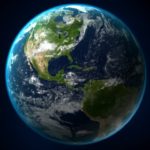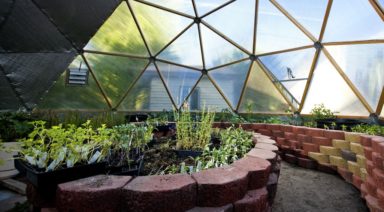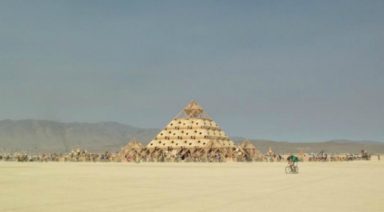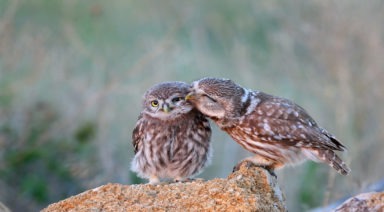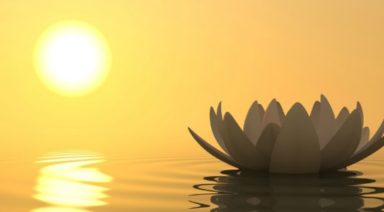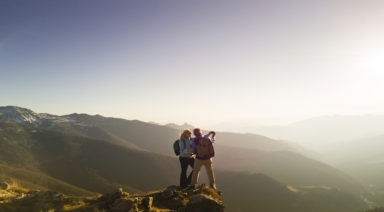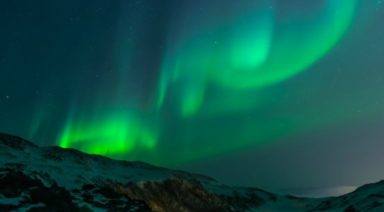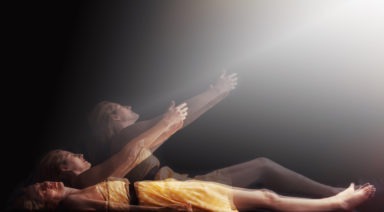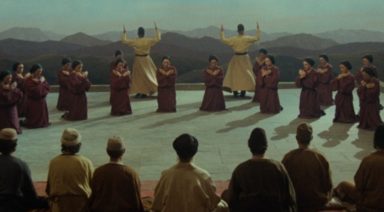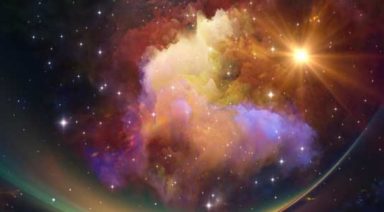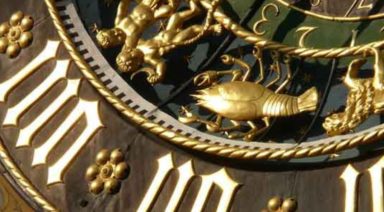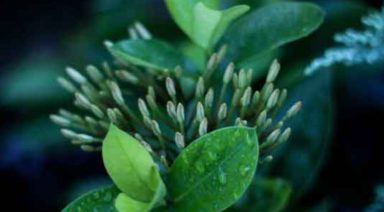New Zealand Gives Maori Volcano Human Rights
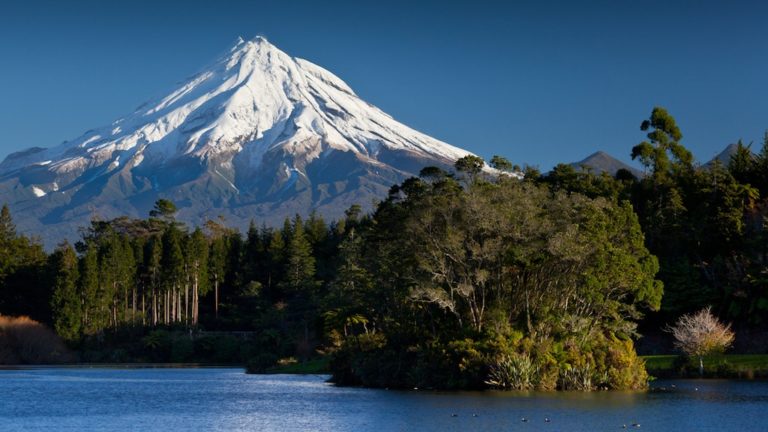
In a move to honor its indigenous people and provide retribution for colonialist oppression, New Zealand is giving human rights to a Māori volcano on the country’s North Island. Mount Taranaki will now be afforded all the legal rights of a person and is the country’s third natural feature to be given this designation.
After Lonely Planet – the largest travel guide publisher in the world – named Mount Taranaki the second-best location to visit, officials in New Zealand decided to protect the dormant volcano in a way that honored their native people. The mountain’s entitlement comes after the country gave the same human rights protection to the Whanganui River earlier in 2017.
Mount Taranaki is a 120,000-year-old volcano that is New Zealand’s most frequently hiked mountain. Its new designation would make punishment for anyone who harms the mountain tantamount to harming a member of the Māori people. The local tribes will work in conjunction with New Zealand government to maintain the sacred feature and ensure its protection.
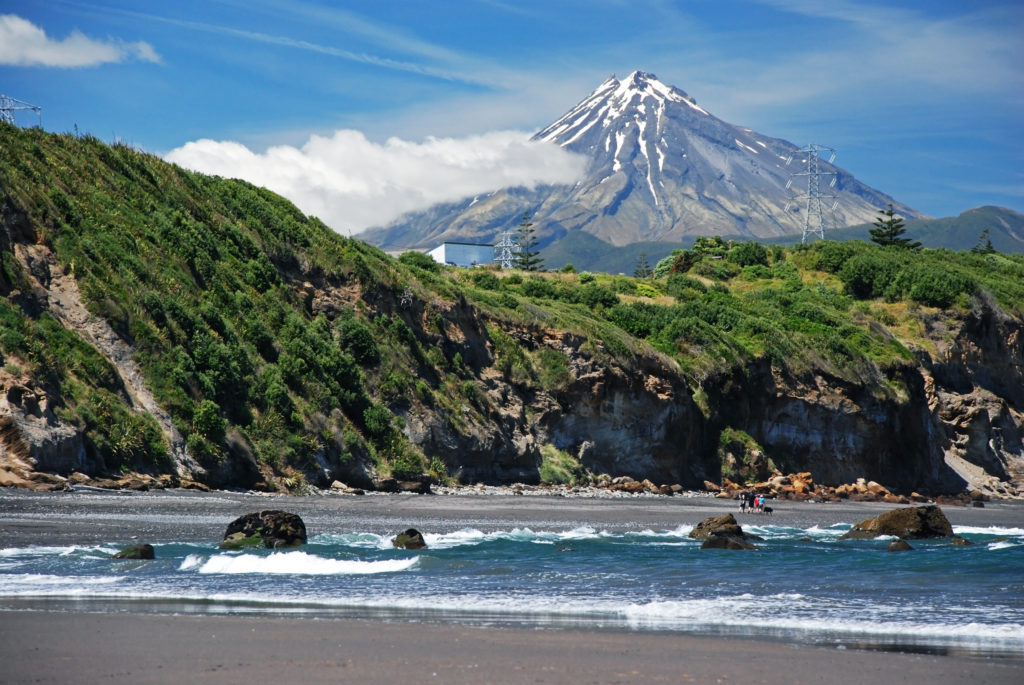
Māori natives hold the volcano to the same esteem as one of their own family members, or whanau, and consider it to be an ancestor. In Māori philosophy, humans are considered to be part of the universe and, rather than domineering the natural world, they consider humanity to be an extension of it like any other feature.
This seems to mirror the ideas of shamanism and many indigenous tribes whose spirituality and religion is based on the ideology of animism, the belief that all material things have a spirit. It is common for indigenous tribes and shamans to explain that all they know about our world came from conversations with plants, trees, and nature.
In western society, we give human rights to corporations in much the same way. Corporate personhood gives these entities names, legal rights, and the ability to spend money in political campaigns, all while remaining entirely separate from the individuals who work there. If we think this makes sense to provide privileges to what is essentially an immaterial concept, then it makes perfect sense that natural features should be given personhood with legal protections.
New Zealand is setting a precedent for the world to follow, and it’s doing it while acknowledging to its indigenous people that imperialism from the 19th century demands retribution. The act is part of an apology particularly for the British Crown’s lack of enforcement of the Treaty of Waitangi – a pact between the Māori and British government originally intended to protect native rights.
Could New Zealand’s example lead to similar actions in other nations with histories of oppression against native people? In the U.S. reparations are rarely made to Native American groups, while indigenous land and protections continue to diminish.
New Zealand: Guides and Gurus
What Does Gaia Mean?
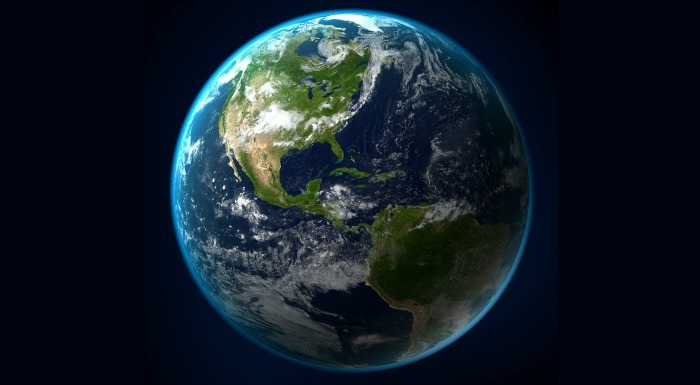
Quite simply, the definition of Gaia is life. She is all, the very personification of the earth. She is the mother goddess, inhabiting the planet, and offering life and nourishment to all her children. In ancient civilizations, she was revered as the mother, nurturer, and giver of life. She goes by many names, including Gaea, Ge, Mother Earth, Terra Mater to the Romans, Magna Mater, and more recently, Mother Nature. Each of these names is a testament to her enduring presence as the life-giver, the ultimate nurturer, and the architect of existence.
Gaia, often voiced as “GUY-uh,” holds the essence of existence within its syllables. This name, steeped in the rich tapestry of ancient Greek mythology, serves as a bridge to the Earth itself, embodying the very spirit of the planet. The etymology of Gaia, or Γαῖα in the original Greek, translates to ‘earth’ or ‘land,’ a fitting homage to her role as the primal Earth Mother. The term has since transcended its mythological roots, evolving into a symbol for the interconnectedness of all life on Earth, particularly within environmental and ecological contexts.
As we delve into the myriad ways she manifests across cultures and epochs, we embark on a journey to deepen our connection with the world around us, exploring the profound legacy of Gaia’s nurturing embrace.
The Universal Earth Goddess: Gaia and Her Global Namesakes
Every culture has its version of the Goddess of the Earth. In some cases, she predates writing: ancient, pre-linguistic references to her have been found, alongside shrines, statues, and paintings of her in every corner of the globe. She is the first goddess, the primeval one, the creator of all life, and the fullness of her legacy is still being resurrected after patriarchal suppression. This universal reverence for the Earth Goddess, spanning continents and millennia, illustrates a shared human acknowledgment of the Earth’s nurturing capacity and sacredness.
In Greece, she was called Gaia, while the Incas knew her as Pachamama. Among the Norse, she was known as Jörð, the daughter of Nótt and the embodiment of the land itself. Across the vast expanse of the Pacific, the indigenous Maori of New Zealand honored Papatūānuku, the Earth Mother, who gave birth to all nature with the Sky Father, Ranginui.
These diverse names and narratives underscore a common theme: the Earth as a living, breathing entity deserving of respect and protection. The global tapestry of Earth Goddess worship not only highlights the rich cultural diversity of this veneration but also serves as a poignant reminder of humanity’s universal bond to our planet. It’s a call to remember and revive these connections, understanding that the care of our Earth is both an ancient obligation and a pressing contemporary necessity, as vital now as it was to our ancestors.
The Paleolithic Venus: Rediscovering the Earth Mother
The Paleolithic Venus figurines, scattered across Europe, are emblematic of ancient societies’ reverence for the feminine Earth Mother—a veneration somewhat obscured by the passage of time. These figurines, often robust and gravid, symbolize fertility, motherhood, and the generative powers of nature itself. They serve as silent yet eloquent testimonials to a time when the worship of the Earth’s nurturing essence was widespread, deeply ingrained in the fabric of everyday life.
Modern excavations and scholarly endeavors have begun to peel back the layers of history, revealing a complex tapestry of belief systems that placed the Earth Mother at their core. Through the meticulous study of these artifacts, historians, archaeologists, and artists are gradually reconstructing the narratives of these ancient peoples. This resurgence of interest not only honors the goddess’s legacy but also rekindles a connection to our collective past, where the Earth was revered as the ultimate source of all life and sustenance.
Gaia: The Goddess of Ancient Greek Mythology
Within the pantheon of ancient deities, Gaia’s presence was unparalleled, embodying the very essence of primordial creation and maternal might. Her name, evoking the boundless strength and nurturing spirit of the Earth, was revered across the ancient world. To the Greeks, Gaia was the ultimate goddess of raw, maternal power. In the beginning, there was chaos, nebulous ethers waiting to take form. This primordial landscape awaited direction; it was then that the spirit of Gaia arrived to give structure to the formless and the Earth was conceived.
The Mother of Life and the Divine Heavens
In Greek mythology, Gaia stands as the quintessential embodiment of the Earth itself, revered as the primal Mother Earth goddess. From her fertile womb sprung the very fabric of the cosmos: she gave birth to Uranus, the sky, who would become both her husband and her equal; Pontus, the ancient, unfathomable sea; and the towering Titans, precursors to the Olympians. Among her offspring were the Titans – Cronus and Oceanus, the Cyclops with their single, piercing gaze, and the hundred-handed giants, each embodying forces of nature and the universe’s nascent power.
Her influence extended beyond mere creation. Gaia’s union with Uranus spawned the first pantheon of Greek deities, setting the stage for the saga of the gods and goddesses that would dominate Greek myth. Yet, it was through her guidance that Zeus, her grandson, ascended to become the chief among the Olympian gods. Her wisdom and might were echoed in the tales of her descendants, including Athena, the Greek goddess of wisdom, born of Zeus’s head, further cementing her legacy within the mythological hierarchy. Gaia’s story, interwoven with the elements of creation, celestial phenomena, and divine lineage, marks her as a central figure in the tapestry of Greek mythology and the subsequent origin of Olympus, embodying the Earth’s life-giving force and maternal strength.
A Return to Divine Feminine: Gaia’s Resurgence in Modern Consciousness
As the prevalence of gods and goddesses in the 19th and 20th centuries faded away, so did history books’ tales of female pharaohs, women scientists, and Amazon warriors. History is kept by the victors—and the victors are most often men. This left a void in the collective consciousness and Gaia was relegated to mythology alone. With the convergence of feminism in the 1970s, all that changed when a groundbreaking pro-female establishment was founded, providing a new understanding of how our planet operates.
In the wake of the 20th century, Gaia’s image was revitalized by the fusion of feminism and environmentalism. This revival spotlighted the divine feminine, with Gaia symbolizing strength, nurturing, and interconnectivity. Feminism’s quest to amplify silenced voices paralleled environmentalism’s rise, especially after “Silent Spring,” casting Gaia as an emblem of ecological awareness and unity. This modern embrace of Gaia has galvanized a collective push towards environmental respect and sustainability, intertwining spiritual reverence with activism for a balanced, thriving planet.
The Gaia Hypothesis: Earth as a Self-Regulating Living System
In 1970, chemist James Lovelock and his research partner, biologist Lynn Margulis introduced the Gaia Hypothesis, positing Earth as a self-regulating, living being capable of maintaining the conditions necessary for life. Initially met with skepticism, the hypothesis challenged the prevailing view of Earth as a passive backdrop to life, proposing instead that life actively participates in shaping the planet’s environment. This idea of Earth as a cohesive system, where biological processes interact with physical and chemical ones to maintain life-sustaining conditions, was revolutionary. The scientific community’s initial resistance stemmed from the hypothesis’s implication that Earth’s biosphere functions almost like a single organism, a concept that seemed to blur the lines between life and non-life.
Gaia Theory: Understanding Earth’s Intelligent Systems
Building on their hypothesis, Lovelock and Margulis’s work revealed how Earth’s myriad components—its atmosphere, biosphere, geology, and oceans—integrate to form a complex, self-regulating system. This system, guided by the interactions between living organisms and their environment, adjusts and responds to changes in a way that sustains life. For example, the regulation of Earth’s atmosphere by photosynthetic organisms, which convert carbon dioxide into oxygen, demonstrates this symbiotic relationship. Such mechanisms underscore the planet’s capacity for self-regulation and balance, evidencing a level of systemic intelligence previously underestimated.
Gaia theory has since evolved from a controversial hypothesis to a foundational concept in Earth system science, inspiring further research into how Earth’s life-supporting systems operate. It has underscored the importance of viewing the planet as an integrated whole, where each component plays a critical role in maintaining the conditions for life. This holistic perspective has significant implications for environmental conservation, highlighting the delicate interdependencies that sustain the Earth and the impact of human activities on its ability to regulate itself.
Embracing Gaia Today: From Mythology to Modern Spirituality
Far beyond the mythological Gaia, the name has come to represent an all-loving, nurturing, and intelligent cosmic force that oversees life on Earth. The revival of goddess traditions has been instrumental in reintroducing the ancient wisdom of the Great Mother, affirming her role as a beacon of love and sustenance. Yet, engaging with Gaia’s legacy demands more than occasional environmental activism or annual Earth Day observances. It calls for a daily commitment to living in harmony with our planet, treating each interaction as a sacred opportunity to honor and preserve the intricate web of life Gaia sustains.
To foster a truly connected relationship with Gaia means to actively participate in the stewardship of Earth, recognizing and respecting the bounty she provides. This involves making conscious choices that reflect our understanding of the interconnectedness of all life forms and the impact of our actions on the planet’s health. By adopting sustainable practices, advocating for environmental protection, and cultivating a sense of reverence for the natural world, we can contribute to a future where both humanity and the Earth flourish. In doing so, we not only pay homage to Gaia’s enduring spirit but also embrace our role as caretakers of the beautiful, dynamic planet she embodies.



